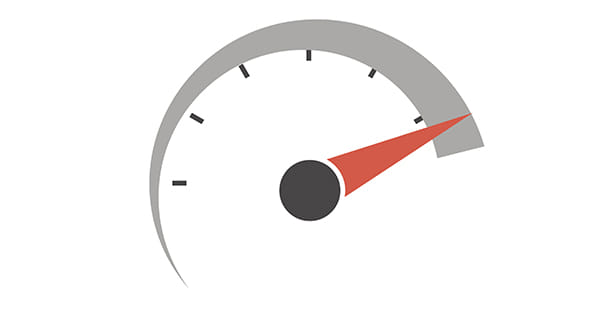Supercharge Your Website for SEO- Speed Optimization for Law Firms, Professionals, and Businesses!
When it comes to building a top-ranking website, there are no cutting corners at PaperStreet. We fine-tune every detail, from accessibility testing to SEO analytics. But there's one area where slow and steady never wins the race—page load speed.
Thousands of potential clients view your website on various devices. They expect a seamless browsing experience, and speed plays a major role. Slow page download time is a huge turnoff, leading potential clients to leave before viewing your content.
We can all agree that slow page download time is a huge turnoff. A website may feature the most cutting-edge widgets, graphics that will knock your socks off and a plethora of other bells and whistles, but if it takes several seconds to actually load, more often than not, potential clients will leave before ever actually viewing the page content.
At PaperStreet, we prioritize speed optimization, attracting clients, keeping them coming back, and improving your search ranking results. Say goodbye to headaches and welcome a flat-rate plan for a high-performing website!
Unveiling the Impact of Website Speed
Various factors can influence your site's speed, from simultaneous page hits to bandwidth, cache, file types, and firewalls. Slow-loading pages can lead to visitor frustration, causing them to leave your site and lose clientele.
Bottom Line Impact:
- 47% of web surfers expect pages to load in two seconds or less.
- After three seconds, 40% of Internet users will abandon a site.
- A three-second delay decreases customer satisfaction by 16%/li>
- A mere one-second delay leads to seven percent fewer conversions.
Key Benefits of Website Speed Optimization for SEO:
- Boost Client Satisfaction and Conversion: Provide a stress-free web browsing experience that attracts and retains clients, increasing conversion rates.
- Greater Accessibility: Eliminate elements that slow down your website, ensuring clients can access it seamlessly on any device, anywhere.
- Higher Search Engine Ranking: Faster site response time leads to improved search result rankings. Our optimization aligns with Google's guidelines, giving you a competitive edge.
Speed Optimization: Boosting Your Website's Performance
At PaperStreet, we understand the critical role of webpage loading speed in search engine rankings. That's why we adhere to Google's PageSpeed Insights guidelines, aiming for scores above 80 (out of 100) to ensure top-notch performance
Here's how we optimize your site for speed:
- Image Optimization:We reduce image file sizes without compromising quality, enabling faster page loading as images often contribute to download delays.
- Server Response Time: Analyzing various factors affecting server response time, we aim for a response time under 200ms, ensuring swift browser requests.
- Browser Caching: We leverage caching policies, enabling your server to access cached resources efficiently, saving precious download time.
- Compression Magic: By compressing CSS, HTML, and JavaScript files, we significantly reduce resource download times, with gzip compression shrinking responses by up to 90%. With our expertise, your website will excel in speed and conversion, propelling you to the top ranks in search results.
Free Consultation. Contact Us Today









